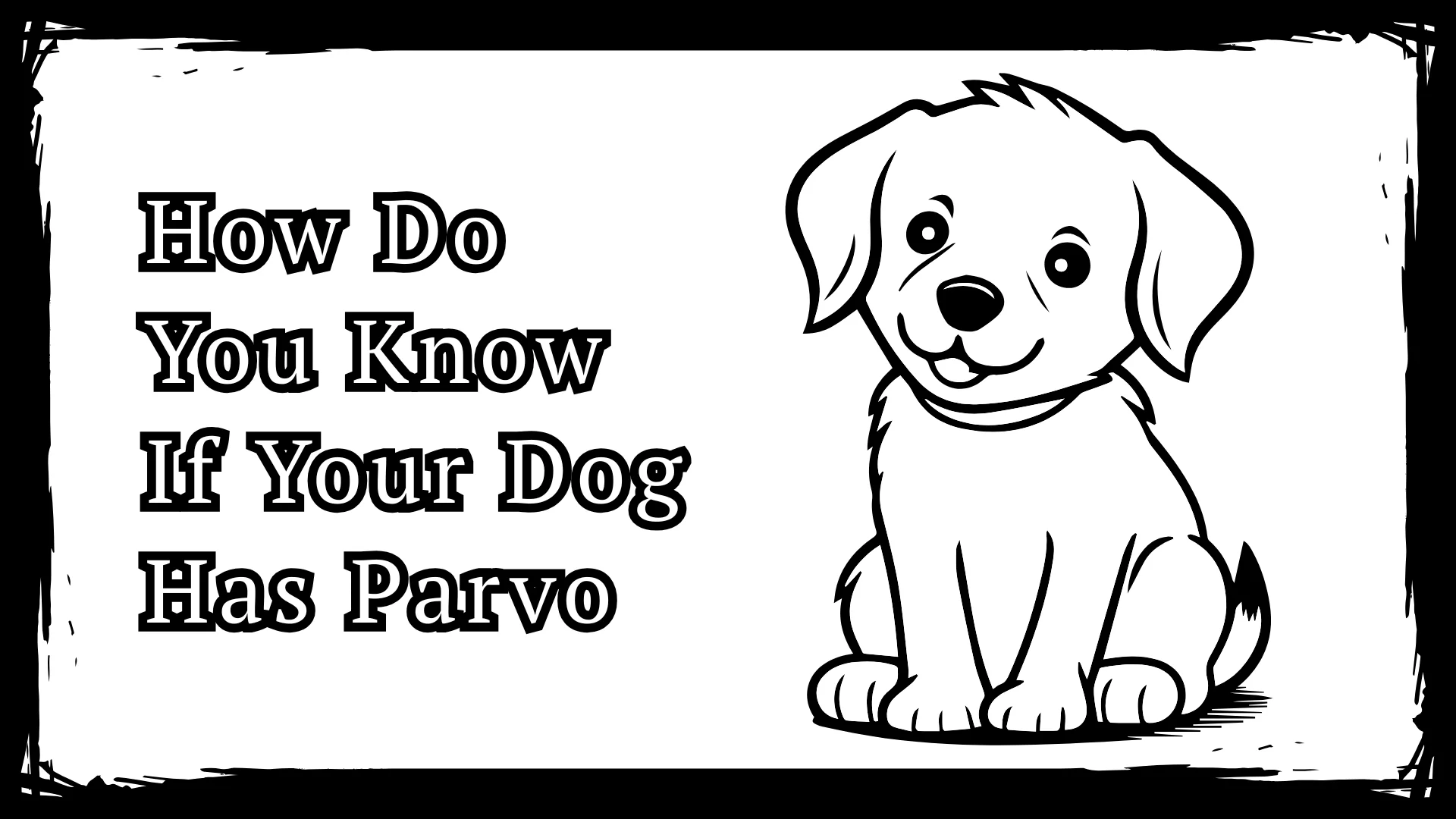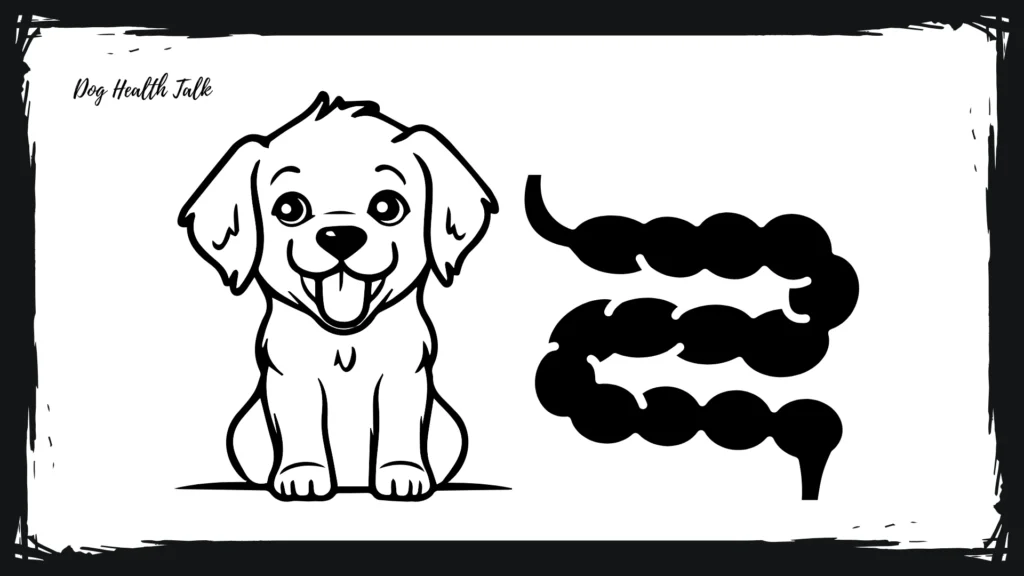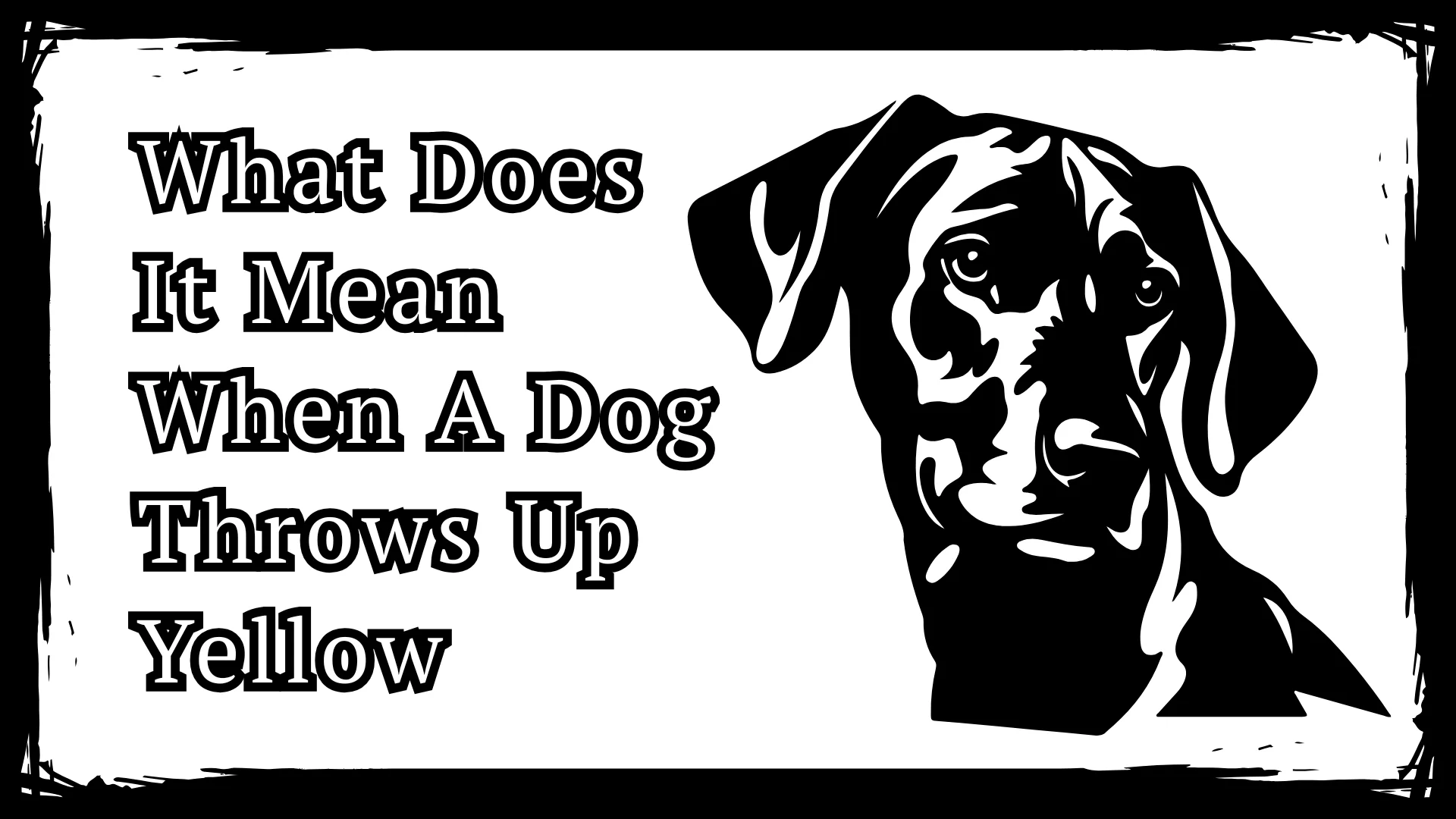How Do You Know If Your Dog Has Parvo? 5 Early Warning Signs

Discover the critical signs of parvovirus (parvo) in dogs, understand how the disease progresses day by day, learn how to identify it at home, and explore treatment options, including the best medicines available.
Dogs with parvo usually have bloody diarrhea, vomiting, no appetite, fever, foul smell, weakness, dehydration, and fast weight loss, mostly in unvaccinated puppies.
This expert-backed guide arms dog owners with essential, trustworthy knowledge to act fast and save lives.
Table of Contents
ToggleWhat Is Parvovirus In Dogs?
Parvovirus, or parvo, is a highly contagious viral illness predominantly affecting puppies and unvaccinated dogs. It attacks rapidly dividing cells in the body—mainly in the bone marrow and intestinal lining—causing severe gastrointestinal distress, including vomiting and diarrhea. If untreated, parvo can quickly become fatal due to dehydration, septic shock, or multiple organ failure.
How Do Dogs Get Parvo?

Dogs catch parvo primarily through contact with feces from an infected dog. The virus can also survive on contaminated surfaces like soil, kennels, food bowls, toys, and clothing for months, making indirect transmission common. Unvaccinated and young dogs are especially vulnerable to infection when exposed to these contaminated areas or items.
Early Signs Of Parvo
The earliest signs of parvo often include nonspecific symptoms such as:
- Lethargy or unusual tiredness
- Loss of appetite (anorexia)
- Mild fever or sometimes low body temperature
- Depression and reluctance to play or move
- Occasional vomiting
These symptoms can appear 3 to 7 days after exposure during the incubation stage when the virus multiplies quietly but begins damaging immune cells and the intestinal lining. Early recognition of these subtle signs is critical to securing prompt veterinary care.
Also Read: Does My Dog Know I’m Sick
Parvo Symptoms Day By Day
Days 1-3: Often no symptoms during incubation. The virus spreads silently.
Days 4-5: Initial symptoms appear—lethargy, decreased appetite, low-grade fever, mild vomiting, and intermittent diarrhea.
Days 6-7: Symptoms worsen sharply. Vomiting becomes persistent. Diarrhea turns severe and often bloody or mucous-filled. The dog shows signs of dehydration—dry gums, sunken eyes, and skin tenting. Abdominal pain and bloating may be noticeable.
Day 8 and beyond: If untreated, the dog may develop rapid weight loss, collapse, signs of septic shock, and multi-organ failure, possibly leading to death.
Recognizing these daily changes helps owners and vets act quickly for life-saving intervention.
How Do You Know If Your Dog Has Parvo At Home?
At home, owners should watch carefully for:
- Sudden onset of severe vomiting and diarrhea (especially if bloody)
- Extreme weakness or inability to stand or walk
- Refusal to eat or drink anything
- Signs of dehydration, like sticky gums, excessive panting, or collapsing
- Abdominal tenderness or swelling
Using a parvo fecal test kit at home is available, but it can be unreliable compared to a vet diagnosis. If any severe symptoms appear, immediate veterinary attention is necessary rather than relying on home care alone.
What Are The Last Stages Of Parvo Before It Kills Your Puppy?
In the final stages, the virus causes overwhelming damage:
- Severe dehydration due to fluid loss from diarrhea and vomiting
- Septic shock from bacterial toxins entering the bloodstream through the damaged intestines
- Rapid heartbeat, weak pulse, pale mucous membranes
- Hypothermia or dangerously low body temperature
- Collapse, coma, and potential death within hours if untreated
Dogs in this critical phase require urgent, intensive veterinary care to survive. Without rescue treatment, the immune system is unable to fight the virus, and organ failure becomes inevitable.
Must Read: Should I Put My Dog Down If He Is Still Eating
Parvovirus In Dogs: Treatment
There is no specific antiviral cure for parvovirus. Treatment focuses on supportive care, including:
- Intravenous (IV) fluids to combat dehydration and electrolyte imbalances
- Anti-nausea and anti-vomiting medications to reduce fluid loss
- Broad-spectrum antibiotics to prevent secondary bacterial infections from damaged intestines
- Pain relief for abdominal discomfort
- Hospitalization and close monitoring to manage complications
Veterinarians may also use blood transfusions and special diets to aid recovery. Early hospitalization drastically improves survival chances, with intensive care often lasting 5 to 7 days.
Best Medicine For Parvo In Dogs
The “best medicine” for parvo doesn’t mean a single drug, but a combination of treatments tailored to the dog’s needs:
- IV fluids (the cornerstone of treatment)
- Maropitant (Cerenia) — Effective anti-nausea medication to control vomiting
- Antibiotics such as ampicillin or enrofloxacin to fight secondary infections
- Pain relievers like tramadol or meloxicam (used carefully)
- Nutritional support via feeding tubes if the dog can’t eat
Currently, no antiviral drugs are approved for parvovirus, so the goal is supportive care and prevention of complications to allow the dog’s immune system to clear the virus naturally.
FAQs
What Are The First Signs Of Parvo In Dogs?
The first signs include tiredness, loss of appetite, mild fever, and occasional vomiting. These early symptoms hint that the virus is starting to affect the dog’s system.
What Does Parvo Poop Look Like On a Dog?
Parvo stool is usually very watery, bloody, and foul-smelling. It may appear dark or contain mucus, showing severe intestinal damage caused by the virus.
Can Parvo In Dogs Go Away On Its Own?
Parvo rarely goes away without treatment. Supportive veterinary care is essential, as dehydration and infection risk can lead to death if untreated.
At What Age Is a Dog Safe From Parvo?
Most dogs are safer after a full vaccination series, usually completed by 16 weeks of age. Until then, puppies remain vulnerable and need cautious protection.
How To Test For Parvo At Home?
Home parvo tests exist, but can be unreliable. The best approach is to visit a veterinarian who can perform accurate fecal tests for confirmation.
What Month Is Parvo Season?
Parvo risk peaks in spring and fall when puppies are often exposed to contaminated environments. However, the virus can survive year-round in many areas.
What Dog Breed Gets Parvo The Most?
Breeds like Rottweilers, Dobermans, German Shepherds, and Pit Bulls tend to be more susceptible to parvo, likely due to genetic and immune factors.
When Can I Stop Worrying About Parvo?
Worry reduces once puppies finish vaccination and avoid high-risk places for several weeks. Keeping dogs well-vaccinated and in clean areas lowers infection chances greatly.
What Comes First With Parvo?
Usually, loss of energy and appetite occur first, followed by vomiting. These initial signs mark the beginning of the virus attacking the dog’s intestinal lining.
What Areas Are High Risk For Parvo?
Places like dog parks, kennels, pet stores, and shelters are high risk because many dogs gather, increasing the chances of contact with contaminated feces or surfaces.
Conclusion
In conclusion, understanding canine parvovirus is vital for every dog owner. This highly contagious and potentially fatal illness primarily targets unvaccinated dogs and puppies, attacking the gastrointestinal tract and bone marrow. The virus spreads easily through contaminated feces and surfaces, remaining viable in the environment for months.
Early detection is key, with initial signs like lethargy, loss of appetite, and mild fever appearing within 3 to 7 days of exposure. These symptoms rapidly progress to severe vomiting and often bloody diarrhea, leading to critical dehydration and potential septic shock if untreated. While there’s no direct cure, immediate and aggressive veterinary supportive care—including IV fluids, anti-nausea medications, and antibiotics—significantly improves survival rates. Prevention through timely vaccination is the most effective strategy to protect dogs from this devastating disease.
Disclaimer
The information provided in this article is for educational and informational purposes only and is not a substitute for professional veterinary advice, diagnosis, or treatment. If you suspect your dog has parvovirus or is showing symptoms of illness, please seek immediate care from a licensed veterinarian. The author and publisher are not responsible for any adverse effects or consequences resulting from the use of this information. Always follow your veterinarian’s guidance for your pet’s health and well-being.
You may also like

What Does It Mean When A Dog Throws Up Yellow – 9 Key Reason

Can Fleas Cause Seizures in Dogs? 3 Shocking Truth Revealed

How to Know if Your Dog Has Parvo? Know Early Signs of Parvo

Latest Posts
- What Does It Mean When A Dog Throws Up Yellow – 9 Key Reason
- Can Fleas Cause Seizures in Dogs? 3 Shocking Truth Revealed
- How Do You Know If Your Dog Has Parvo? 5 Early Warning Signs
- How to Know if Your Dog Has Parvo? Know Early Signs of Parvo
- Should I Put My Dog Down If He Is Still Eating – 17 Signs
| M | T | W | T | F | S | S |
|---|---|---|---|---|---|---|
| 1 | 2 | 3 | 4 | 5 | 6 | 7 |
| 8 | 9 | 10 | 11 | 12 | 13 | 14 |
| 15 | 16 | 17 | 18 | 19 | 20 | 21 |
| 22 | 23 | 24 | 25 | 26 | 27 | 28 |
| 29 | 30 | |||||

Leave a Reply